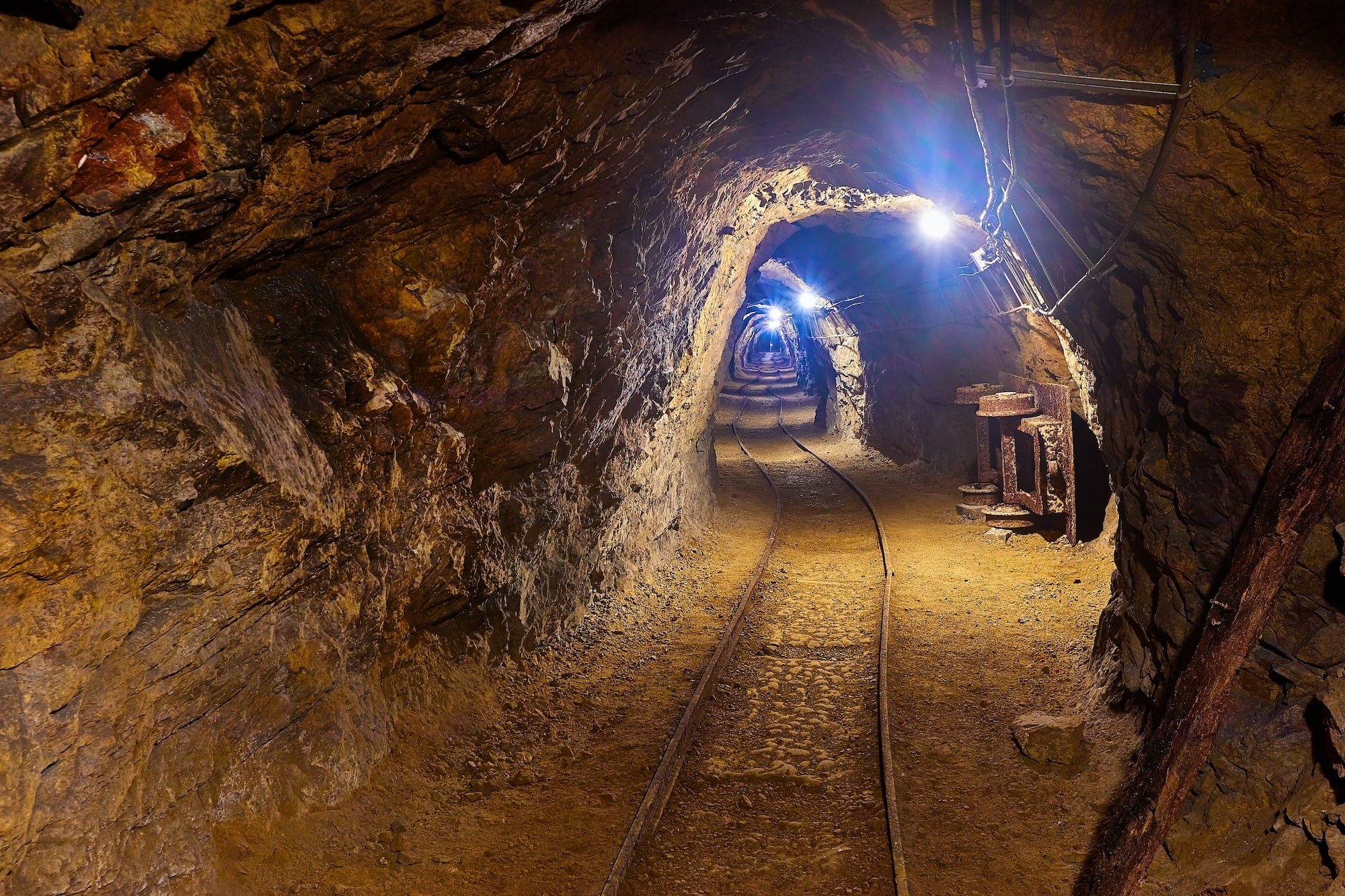
History
Delve into Larimar’s rich historical background.
The history of larimar has been written since 1916
Larimar or blue pectolite is an extremely rare gemstone. It has been found only in one location: a mountainous, relatively inaccessible area in the province of Barahona in the Dominican Republic. The first mention of the stone is in a request to mine Larimar in 1916, however it wasn’t until 1974 that the stone really made an appearance.
The Dominican Republic’s Ministry of Mining records show that Father Miguel Domingo Fuertes Loren of the Barahona Parish requested permission on 22 November 1916 to explore and exploit the mine of a certain blue rock that he had discovered. Pectolites were not yet known in the Dominican Republic, and the request was rejected.
Miguel Méndez and Peace Corps volunteer Norman Rilling rediscovered Larimar in 1974 on a beach at the foot of the Bahoruco Mountain Range, the coastal province of Barahona. Natives believed that the stone came from the sea, and they called the gem Blue Stone. Miguel took his young daughter’s name Larissa and the Spanish word for sea (mar) and formed Larimar, to suggest the colors of the Caribbean Sea where it was found. The few stones that they found were alluvial sediment, washed into the sea by the Bahoruco River. An upstream search revealed the in situ outcrops in the range and soon the Los Chupaderos mine was formed
The name Lari-Mar
The name LARIMAR was created from Larissa (name of a daughter of Miguel Méndez) and mar .
November 22 – National Larimar Day
Larimar was declared the “national stone” of the Dominican Republic in 2011 through Law 296-11 and through Law 17-18 of 2018, November 22 of each year is declared as “National Larimar Day” ” for being that day, in the year 1916, that the priest Miguel Domingo Fuertes discovered the stone in Barahona.
Its discovery has not been documented, but it is rumored to have been found by a Peace Corps volunteer named Norman Rilling in 1974. The history of the stone takes many turns. It was originally named Travelina by Miguel Mendez of Santo Domingo. This name, however, soon gave way to the current Larimar, coined by combining the first of Mendez’s daughter’s name, Larissa, with “mar,” the Spanish for sea, whose color the stone resembles. Anyone who has seen the exquisite blue-green Caribbean waters off the Dominican Republic will concur that this is an appropriate and descriptive name.
Because all mineral rights in the Dominican Republic belong to the government, it was necessary to obtain a “concession” from the Ministry of mines in order to pursue any commercial venture. A corporation was formed for this purpose by Mendez and the owner of the property, a lawyer named Luis Augusto Gonzalez Vega. The corporation, however, was able to mine for only a short time, and neither of these gentlemen is currently involved in mining.
Next chapter
